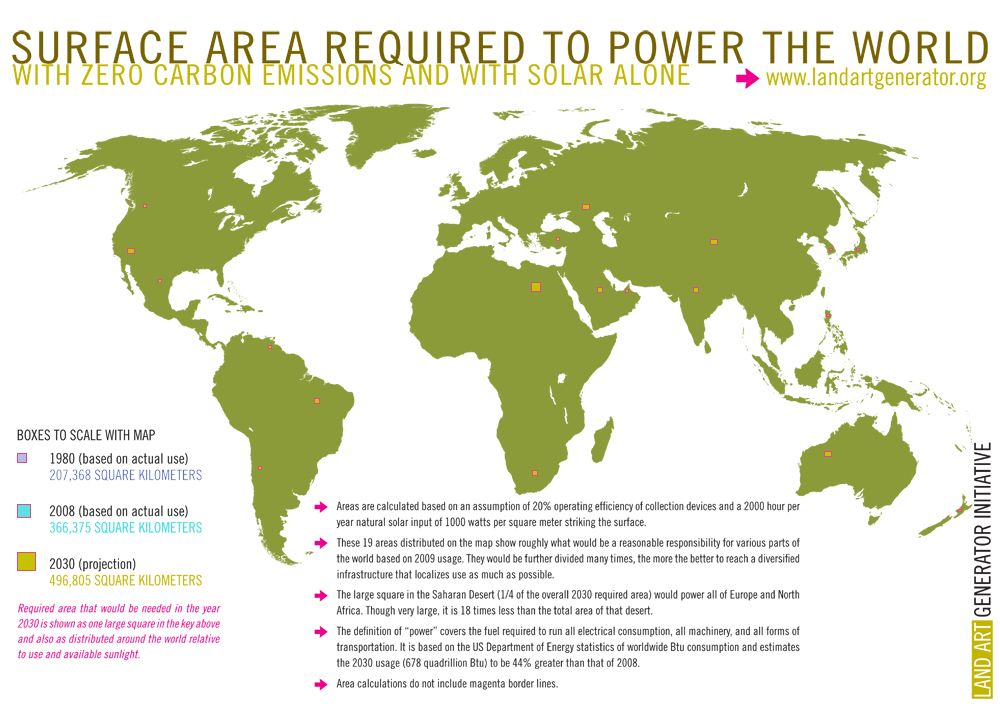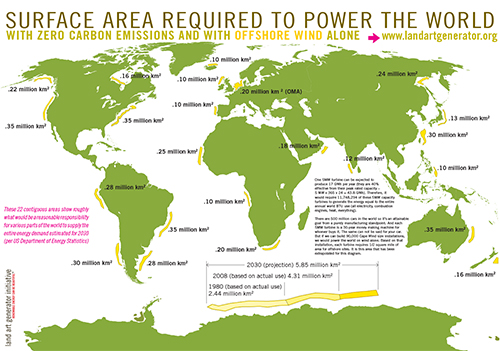John Paul Stevens Is Wrong About the Second Amendment, History, and School Violence

Former Supreme Court Justice John Paul Stevens
recently argued for repealing the Second Amendment. (Photo: www.Dennis
Brack/Black St/Newscom)
Former Supreme Court Justice John Paul Stevens penned an op-ed
in The New York Times on Tuesday, advising that gun control activists
at recent demonstrations have not gone far enough in their demands for
more restrictions on the right to keep and bear arms.
According to Stevens, it isn’t enough to deny millions of young adults the most effective means of self-defense by raising the minimum age of all firearm purchases to 21.
It isn’t enough, even, to ban the civilian possession of all semi-automatic firearms, thereby reducing law-abiding citizens to reliance on bolt-action rifles, revolvers, and pump-action shotguns.
No.
Stevens informs anti-gun advocates that they must demand a repeal of the Second Amendment.
He insists—as he did in his dissenting opinion in District of Columbia v. Heller (2008)—that the Second Amendment was centered solely on the Framers’ concerns about the threats posed by a national standing army, a concern he labels “a relic of the 18th century.”
He claims that “[f]or over 200 years after the adoption of the Second Amendment, it was uniformly understood as not placing any limits on either federal or state authority to enact gun control legislation.”
He excoriates the National Rifle Association, who he states concocted the theory of an individual right to keep and bear arms in order to perpetrate a fraud against the American public on behalf of gun manufacturers.
He demands the elimination of the Second Amendment in order to make our schoolchildren safer than they have been since the court’s 2008 Heller decision.
These allegations would be much more bearable if they were simply the result of differing interpretations of an unclear history. But this is not the case: Every single allegation Stevens makes is objectively untrue.
1. The Framers—not the NRA—first articulated the Second Amendment as protecting an individual right.
While it is true that the founding generation mistrusted standing armies, the Federalists and Anti-Federalists maintained basic, implied assumptions throughout their disagreements over the drafting and ratification of the Constitution—including the understanding that the new Constitution gave the federal government no authority to disarm the citizenry.
That individuals had an underlying right to keep and bear arms was simply assumed. In the words of prominent Second Amendment scholar Nelson Lund, the debate “was only over the narrow question of whether an armed populace could adequately assure the preservation of liberty.”
Consider the following:
2. The existence of an individual right to keep and bear arms is apparent throughout the nation’s history.
Even a cursory review of the pre-eminent legal scholars in 18th and 19th century America reveals 200 years of overwhelming adherence to an individual right to keep and bear arms:
This, perhaps, is the most disappointing assertion of Stevens’ op-ed, because it is an objective, quantifiable fact that America’s schoolchildren are safer today than they have been in over three decades, even while the number of legally owned guns per capita has increased.
Since the early 1990s, the number of students killed on school campuses has plummeted by 75 percent. The percentage of high school students carrying weapons to school dropped from 14 percent in 1993 to 4 percent in 2014, and the percentage of students reporting easy access to a loaded firearm at home similarly decreased. The number of shooting incidents involving students has also steadily declined.
While this increase in safety may not be caused by the increase in privately owned firearms and concealed carry permits, there is certainly no increase in danger to attribute to Heller, a case with a relatively narrow holding that individuals have a right to keep operable handguns in their homes for self-defense.
If there is, on any side of the gun control discussion, a fraud being perpetrated, it is by those who portray a false history and promote incorrect facts in order to advocate ineffective policies.
No one fails to mourn the loss of life after tragic shootings. But if we are to honor the victims of gun violence, as Stevens correctly suggests we should, we ought not to manipulate reality in their name.
We should, instead, embrace the facts as we find them, and make our policy decisions based upon knowledge—not emotion and rhetoric.
According to Stevens, it isn’t enough to deny millions of young adults the most effective means of self-defense by raising the minimum age of all firearm purchases to 21.
It isn’t enough, even, to ban the civilian possession of all semi-automatic firearms, thereby reducing law-abiding citizens to reliance on bolt-action rifles, revolvers, and pump-action shotguns.
No.
Stevens informs anti-gun advocates that they must demand a repeal of the Second Amendment.
He insists—as he did in his dissenting opinion in District of Columbia v. Heller (2008)—that the Second Amendment was centered solely on the Framers’ concerns about the threats posed by a national standing army, a concern he labels “a relic of the 18th century.”
He claims that “[f]or over 200 years after the adoption of the Second Amendment, it was uniformly understood as not placing any limits on either federal or state authority to enact gun control legislation.”
He excoriates the National Rifle Association, who he states concocted the theory of an individual right to keep and bear arms in order to perpetrate a fraud against the American public on behalf of gun manufacturers.
He demands the elimination of the Second Amendment in order to make our schoolchildren safer than they have been since the court’s 2008 Heller decision.
These allegations would be much more bearable if they were simply the result of differing interpretations of an unclear history. But this is not the case: Every single allegation Stevens makes is objectively untrue.
1. The Framers—not the NRA—first articulated the Second Amendment as protecting an individual right.
While it is true that the founding generation mistrusted standing armies, the Federalists and Anti-Federalists maintained basic, implied assumptions throughout their disagreements over the drafting and ratification of the Constitution—including the understanding that the new Constitution gave the federal government no authority to disarm the citizenry.
That individuals had an underlying right to keep and bear arms was simply assumed. In the words of prominent Second Amendment scholar Nelson Lund, the debate “was only over the narrow question of whether an armed populace could adequately assure the preservation of liberty.”
Consider the following:
- James Madison, in Federalist No. 46, distinguished armed individuals from the protections of federalism and the existence of the militia: “Besides the advantage of being armed, which the Americans possess over the people of almost every other nation, the existence of subordinate governments, to which the people are attached and by which the militia officers are appointed, forms a barrier … more insurmountable than any which a simple government of any form can admit of.”
- Noah Webster provided the following summary during the ratification debates: “Before a standing army can rule, the people must be disarmed; as they are in almost every kingdom in Europe. The supreme power in America cannot enforce unjust laws by the sword; because the whole body of the people are armed … .”
- Samuel Adams, at the Massachusetts Ratifying Convention, declared: “The Constitution shall never be construed … to prevent the people of the United States who are peaceable citizens from keeping their own arms.”
2. The existence of an individual right to keep and bear arms is apparent throughout the nation’s history.
Even a cursory review of the pre-eminent legal scholars in 18th and 19th century America reveals 200 years of overwhelming adherence to an individual right to keep and bear arms:
- George Tucker, whose 1803 American edition of Blackstone’s “Commentaries” was the standard treatise on common law for an entire generation, annotated Blackstone to reflect American rights this way: “The right of the people to keep and bear arms shall not be infringed, and this without any qualification as to their condition or degree, as is the case in the British government.”
- William Rawle, in his 1825 leading constitutional treatise “A View of the Constitution of the United States of America,” wrote regarding the Second Amendment: “No clause in the Constitution could by any rule of construction be conceived to give Congress a power to disarm the people. Such a flagitious attempt could only be made under some general pretense by a state legislature. But if by any blind pursuit of inordinate power, either should attempt it, this amendment may be appealed to as a restraint on both.”
In other words, Rawle describes an
amendment that limits the ability of the state and federal governments
to disarm individuals, directly contradicting Stevens’ claim of 200
years of unanimous understanding that it does no such thing.
- Joseph Story, the highly regarded Supreme Court justice and author of the 1833 “Commentaries on the Constitution of the United States,” built off of Tucker’s language in his own treatise and wrote: “The right of the citizens to keep and bear arms has justly been considered as the palladium of the liberties of a republic; since it offers a strong moral check against the usurpation and arbitrary powers of rulers; and will generally, even if these are successful in the first instance, enable the people to resist and triumph over them.”
- Jonathan Elliot’s 1836 compilation, “The Debates in the Several State Conventions on the Adoption of the Federal Constitution,” places the “right to keep and bear arms” under the index heading “Rights of the Citizen declared to be—” with the other first nine amendments. The 10th Amendment, which clearly addresses the power of the states, is placed elsewhere.
This, perhaps, is the most disappointing assertion of Stevens’ op-ed, because it is an objective, quantifiable fact that America’s schoolchildren are safer today than they have been in over three decades, even while the number of legally owned guns per capita has increased.
Since the early 1990s, the number of students killed on school campuses has plummeted by 75 percent. The percentage of high school students carrying weapons to school dropped from 14 percent in 1993 to 4 percent in 2014, and the percentage of students reporting easy access to a loaded firearm at home similarly decreased. The number of shooting incidents involving students has also steadily declined.
While this increase in safety may not be caused by the increase in privately owned firearms and concealed carry permits, there is certainly no increase in danger to attribute to Heller, a case with a relatively narrow holding that individuals have a right to keep operable handguns in their homes for self-defense.
If there is, on any side of the gun control discussion, a fraud being perpetrated, it is by those who portray a false history and promote incorrect facts in order to advocate ineffective policies.
No one fails to mourn the loss of life after tragic shootings. But if we are to honor the victims of gun violence, as Stevens correctly suggests we should, we ought not to manipulate reality in their name.
We should, instead, embrace the facts as we find them, and make our policy decisions based upon knowledge—not emotion and rhetoric.

 On average, and particularly in the Sunbelt regions of the Southwestern
United States, every square meter area exposed to direct sunlight will
receive about 1 kilowatt-hour per hour of solar energy. However, scientists
estimate that sunlight will provide useful solar energy for only about
6 to 7 hours per day because during the early hours and late hours of
the day the angle of the sun's light is too low. So, for example, if the
sun's light provides 6 productive hours of solar energy per day, then
a square meter of land in direct sunlight will receive about 6 kilowatt-hours
of solar energy during the course of a day.
On average, and particularly in the Sunbelt regions of the Southwestern
United States, every square meter area exposed to direct sunlight will
receive about 1 kilowatt-hour per hour of solar energy. However, scientists
estimate that sunlight will provide useful solar energy for only about
6 to 7 hours per day because during the early hours and late hours of
the day the angle of the sun's light is too low. So, for example, if the
sun's light provides 6 productive hours of solar energy per day, then
a square meter of land in direct sunlight will receive about 6 kilowatt-hours
of solar energy during the course of a day.








